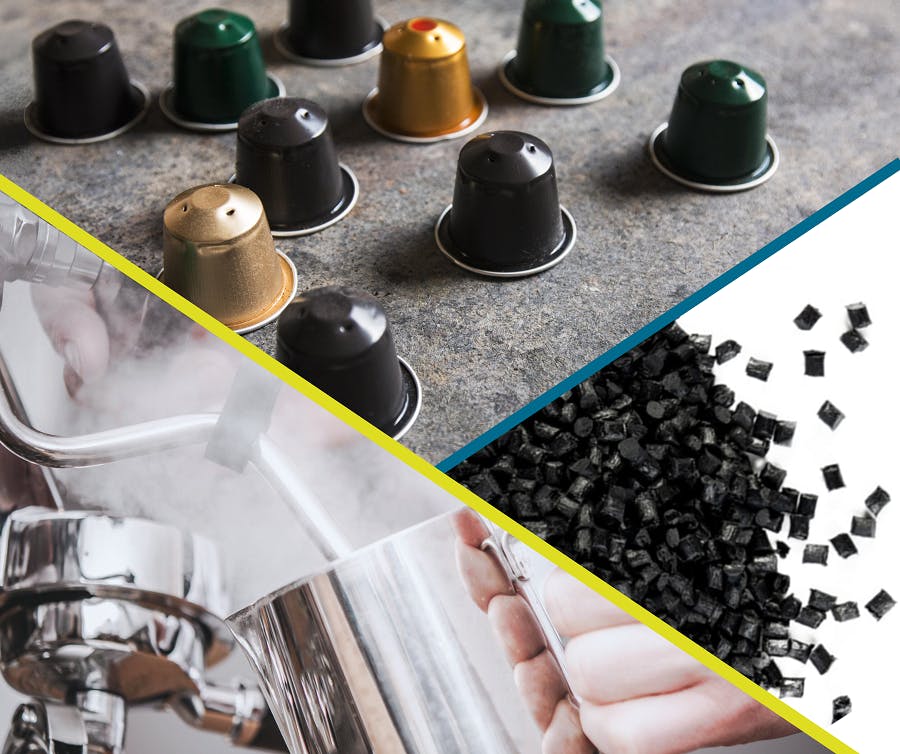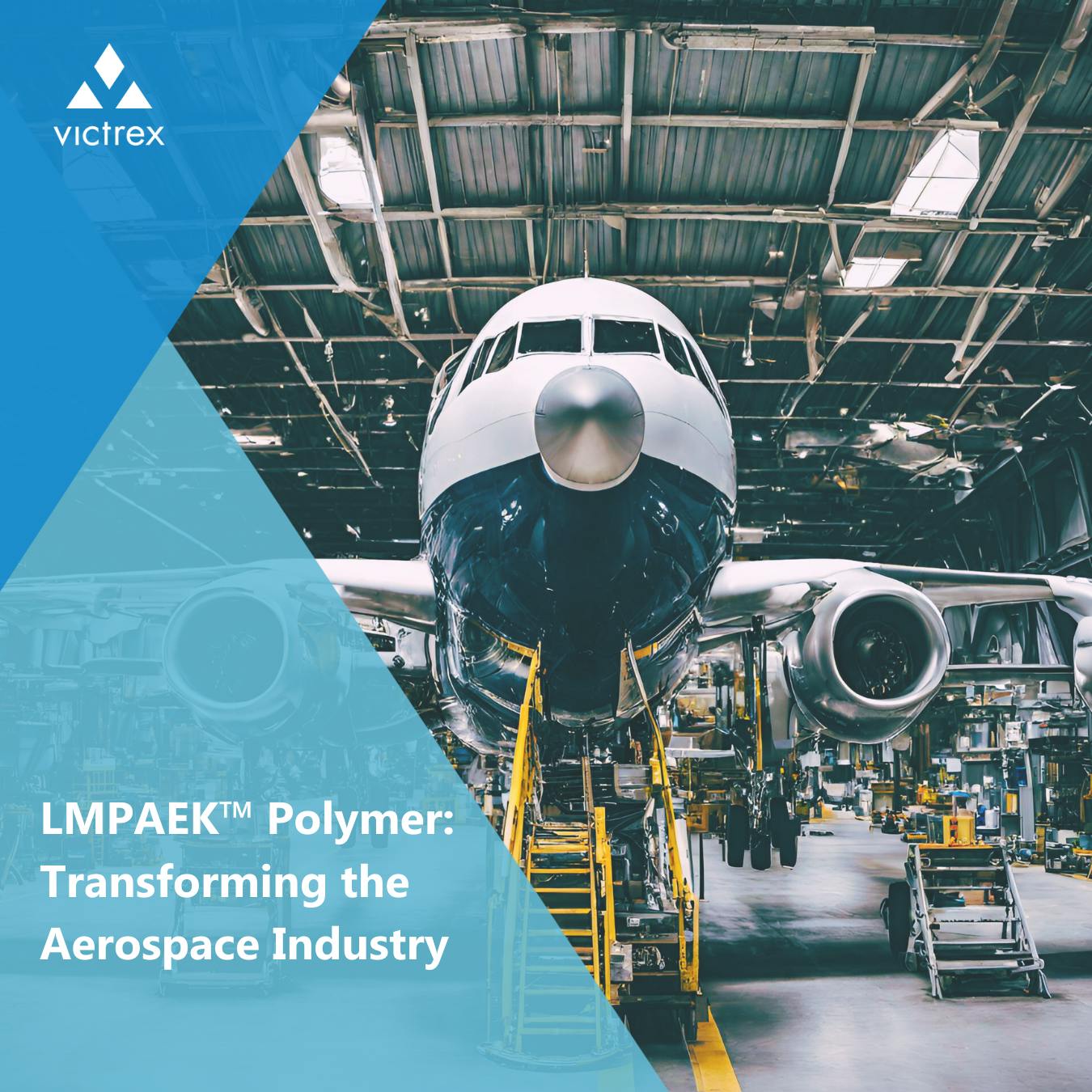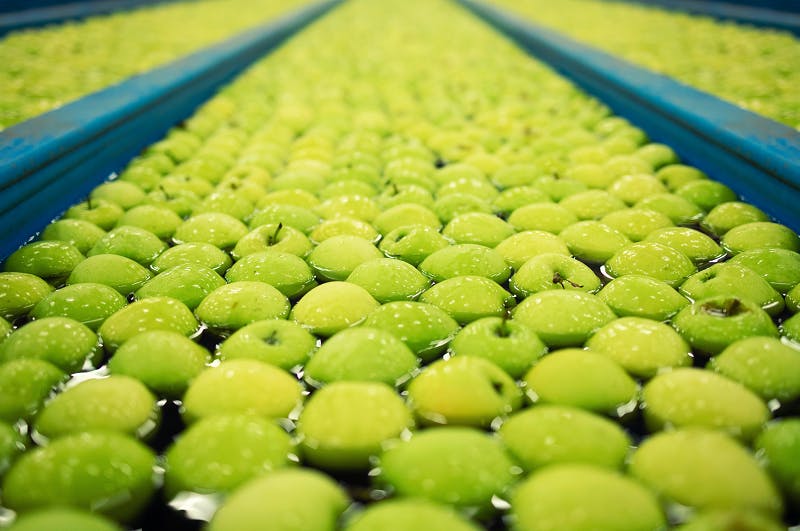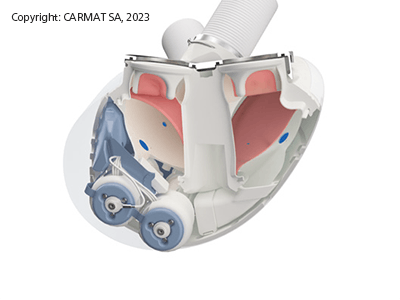Revolutionary, strong, faster, lighter impellor
Sometimes it's not the product itself, but a component within a product that makes all the difference and should be celebrated. The Dyson electric motor is a great example of this.
James Dyson described his motors as "Quantum leaps in motor development" producing " faster, more powerful and lighter" motors for home appliances such as floorcare and personal care products. The impellor, a critical, key component for the motor’s performance, is made with PEEK and carbon fibre composite. This material gave the impellor designers the right combination of stiffness and fatigue strength while offering excellent dimensional stability required for precision moulded parts. The result, reimagined precision design that is strong and lightweight that’s needed to realise the performance of above 100,000RPM (revolutions per minute) that help create suction and airflow efficiently.
5. ABS brake systems – innovation that sets the standard
Setting a new standard is clear proof of successful innovation. The anti-lock braking system (ABS) is a critical safety feature that prevents wheels from locking and vehicles from skidding. Estimated to have saved millions of lives, it’s an unsung hero that drivers often take for granted. Governments, however, do not and have made ABS mandatory for passenger cars and motorbikes in Europe and the United States.
Did you know that PEEK is an enabling material in many such systems? Engineering experts select carbon-fibre reinforced PEEK for several functional components of their ABS, realising significant processing and performance advantages.
PEEK parts, which replaced previously used metal, also enabled injection moulding benefits, reducing processing steps and production costs.
Performance wise, this high-performance polymer provides long-term mechanical resistance and abrasion resistance to the brake fluid required by these applications. Plus, the material delivers against multiple requirements for strength and tribological properties. In-situ, the lighter-weight parts reduce the moment of inertia versus incumbent metals, enhancing the overall benefits of system-wide reaction.
Of course, these are only a few examples of how engineers have used PEEK to innovate. If PEEK has been pivotal for your design goals, I’d love to hear about it, get in touch and share your story!
Related Victrex Content
About the author
Melanie Embery is Head of Marketing Communications, Globally at Victrex. She has over 20 years marketing experience in software, manufacturing and marketing sectors and held several marketing positions at Victrex. Melanie holds an MSc Masters Degree in Professional Practice with a focus on Innovation Leadership and Change Management from Lancaster University. (LinkedIn Profile)






